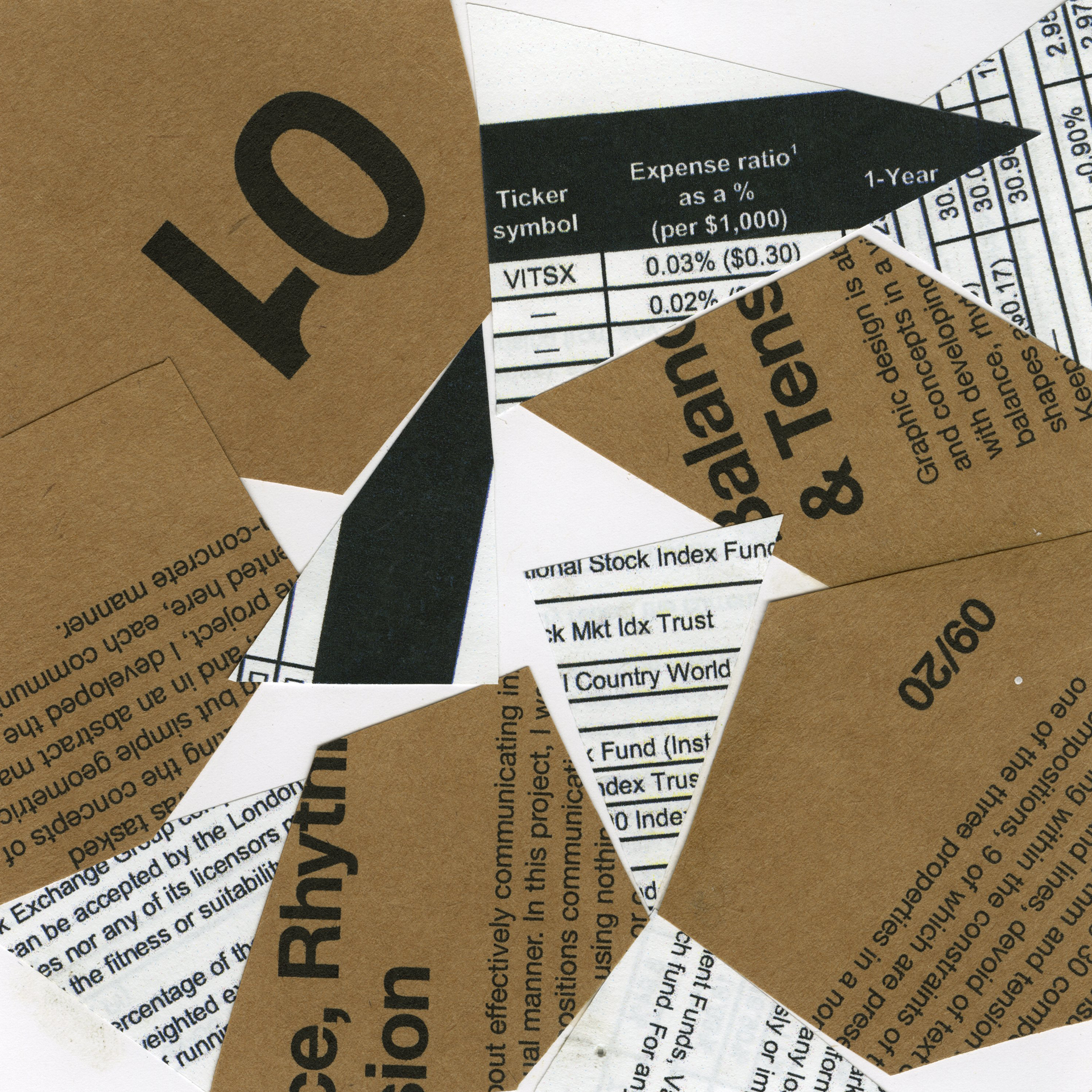Year
05-2022
Category
Design Exploration
Medium
Mixed-Media
Project
Generative Design
Graphic Design is built around rules and structure; around the need to communicate information clearly and effectively. As humans, designers cannot possibly follow rules to exact precision because humans are imperfect. Humans cannot create truly random works either because of inherit biases and tendencies. Over time, all works become remixes of what came before them, as their human creators sample from their own lives experiences and perceived views. This isn't a flaw in the design system by any means; it's the driving force that pushes design forward, seeking to build upon existing design and progress into the future to new concepts.
However, computers are different. Computers will do exactly as they are told word for word, or rather line of code by line of code. This quirk is typically seen as a limitation, but with the right Javascript library and some practice, it can be harnessed to create new works that human designers wouldn't have come up because of the human desire to perfect and to polish. This project was a semester-long exploration into basil.js with instructor D Josh Cook.
It began with scissors, glue, tape and loads of junk mail, clothing tags and scrap pieces of paper. By writing out a handful of very simple rules and using a die to randomly mix and match the various rules, each composition was constructed as each rule was spelled out. Rules included "cut triangles and paste them at random," "cut up tags and reconstruct them on the page," and "roll twice and draw horizontal lines based on number of first roll and vertical lines based on number of second roll." It was truly an interesting process that broke away from the traditional design process and felt like a kindergarten art project.


















From there, we transitioned to an intensive basil.js boot camp to gain a deep understanding of what's possible using the Javascript library and InDesign. Although it's an incredibly unconventional way to design, it opened doors to possibilities that wouldn't be feasible or practical with human direction alone. Using the rule-based approach from our paper compositions, we translated it into code that the computer could understand and output to InDesign. The following compositions are outputs of two operate blocks of code, where there is a virtually infinite number of unique compositional possibilities. No two compositions are the same, as there are a handful of variables dictating placement, color, size and blending modes of the various objects. Compositions ranged from a few seconds of compiling and rendering to a few minutes.











